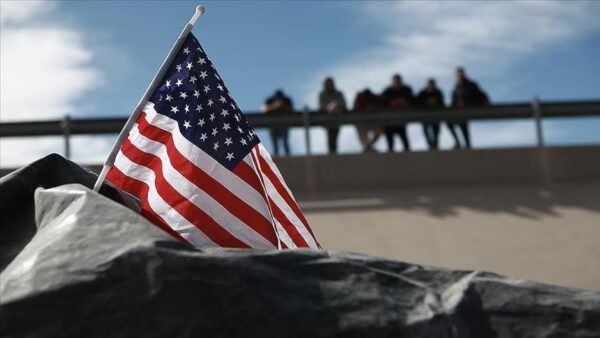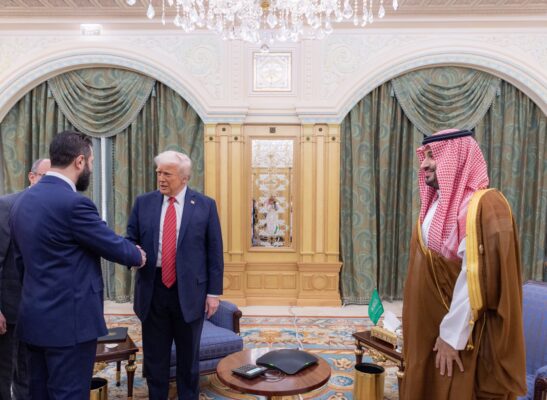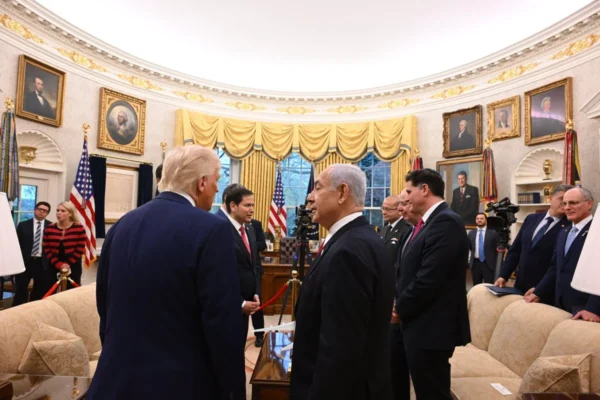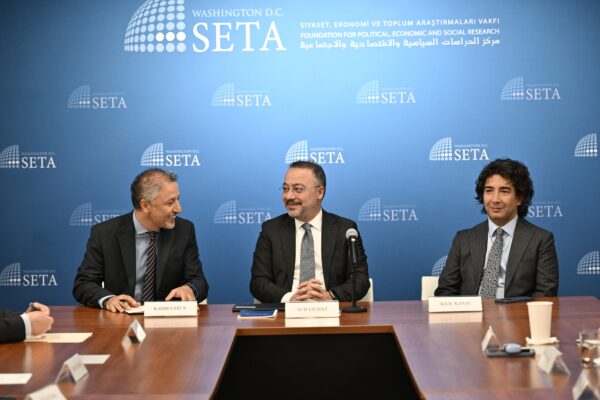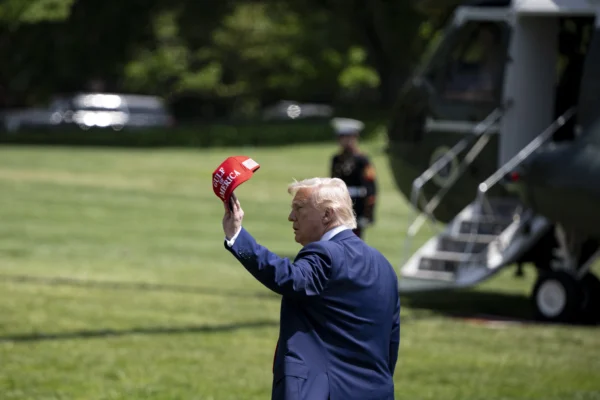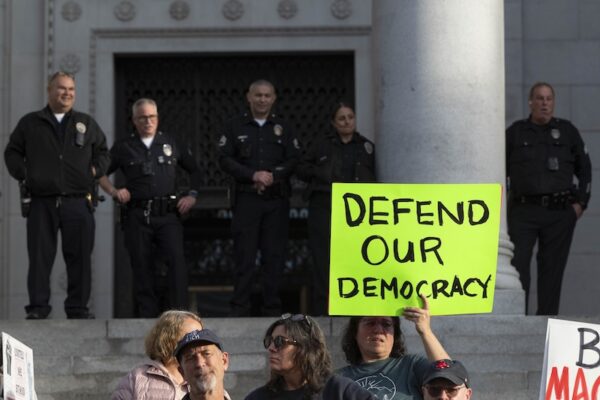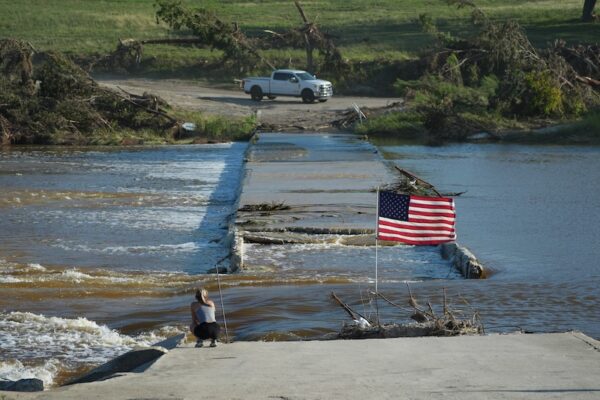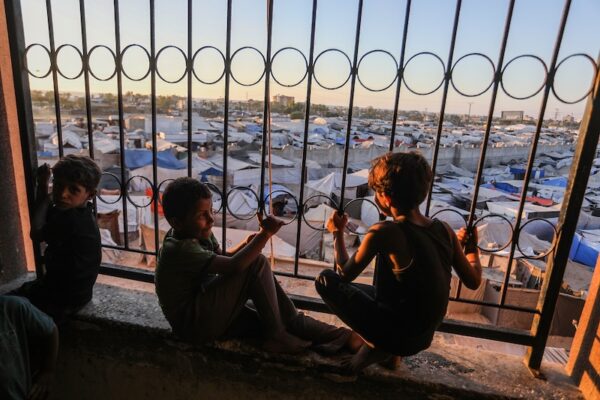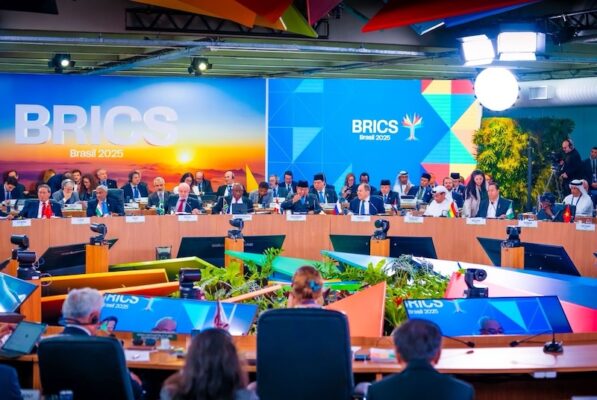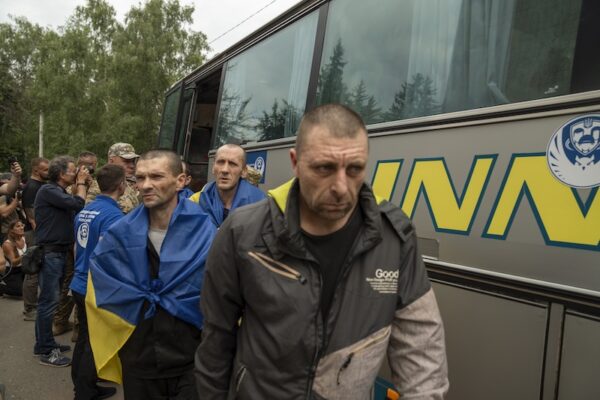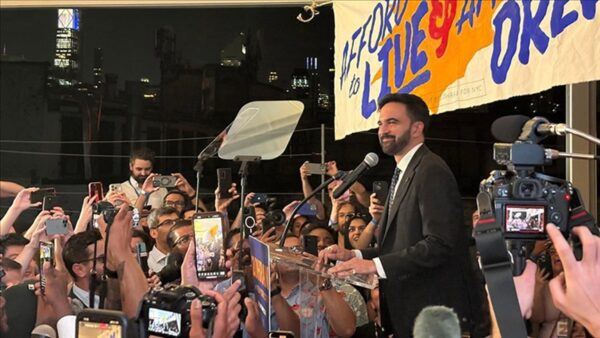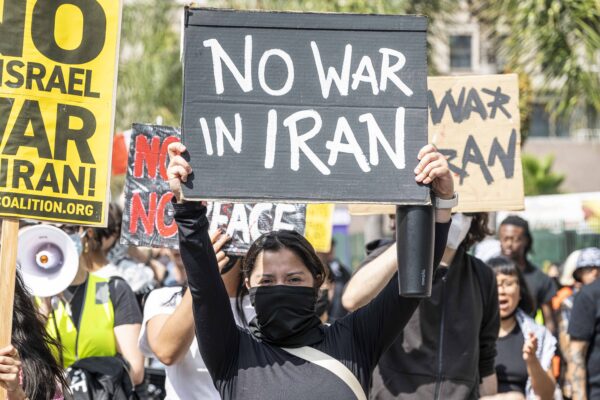Obama and Syria: A Year After Chemical Attacks
The past week was the first anniversary of the chemical attacks on the suburbs of Damascus by the Syrian regime, which has caused the death of more than 1,300 people. The attack was one of the most blatant violations of international law during a conflict. It was also one of the well -documented attacks in the Syrian civil war’s history. Last week was also the second anniversary of President Obama’s “red line” remarks in which he said any movement or use of chemical weapons in Syria by the regime would change his stance towards Syria. It was a clear indication by the president that the U.S. would act decisively in the event this line is crossed.
The Syrian government used chemical weapons on the anniversary of President Obama’s “red line” remarks. While everyone was expecting a heavy response that would involve airstrikes to punish the regime, incapacitate the repeat of such an attack and deter the use of this weapon by other rogue regimes around the world. However, a year after the use of chemical weapons, Bashar Assad is still ruling major parts of his country, bombing towns and killing civilians. He was able to avoid facing consequences aside from giving up his store of chemical weapons. Meanwhile, Russia has become a savior of the Syrian regime by providing a safe exit for al-Assad that would save him from an imminent U.S. air strike to his regime.
Since then, the Syrian crisis has had significant impacts to the region. While the international community overlooked the death of hundreds of thousands of Syrians by conventional weapons, ISIS regained its strength in Iraq during this period and began filling its coffers with money from different sources. While President Obama portrays the elimination of the chemical weapons from Syria as a major achievement on his part, the lack of action in the region left groups such as ISIS isolated and increasingly more powerful. The group extended its activities in Iraq and tried to form a state of its own whose borders extend from the Eastern Aleppo to Mosul all while the U.S. failed to develop a comprehensive plan to deal with the emergence and development of ISIS.
Even after the Mosul crisis, the U.S. was slow to react to the conflict in Iraq. A few weeks after this development, the Obama administration reportedly requested $500 million (TL 1.08 billion) from congress to train and arm certain Syrian rebel groups. Although many hoped for a potential policy change in U.S. foreign policy, the recent reports with respect to this request demonstrates that the White House was just acting to fill the headlines in the newspaper and is not very serious about what to do regarding this amount; it was only requested through email.
After ISIS launched its operations to capture some key cities in Northern Iraq, the U.S. decided to act in order to protect the Kurdish groups and other minorities in the region as well as to avoid any form of attack to its personnel in the city of Irbil. However, the attacks were very limited and not part of a more comprehensive strategy to solve the growing ISIS problem.
After the murder of journalist James Foley by ISIS last week, once again the members of the Obama administration have come forward to explain the U.S. foreign policy moves in the region. In a press conference after this incident, the chairman of the Joint Chiefs of Staff, General Martin Dempsey, stated that it is impossible to defeat ISIS without addressing the situation on the Syrian side of border. This was what the observers of Syrian politics have been warning the Obama administration about regarding the possible outcomes of inaction in the region. In fact, the nightmare is becoming reality.
Of course, addressing the problem on both sides of the border would necessitate a more comprehensive strategy. The new strategy should involve actions more than PR campaigns and newspaper headlines. It has to focus on stopping the killing of civilians, the violation of all sorts of humanitarian norms and an attempt to resolve the problems on the ground by the adoption of multiple techniques and tactics.
This article was originally published in Daily Sabah on August 25, 2014.

